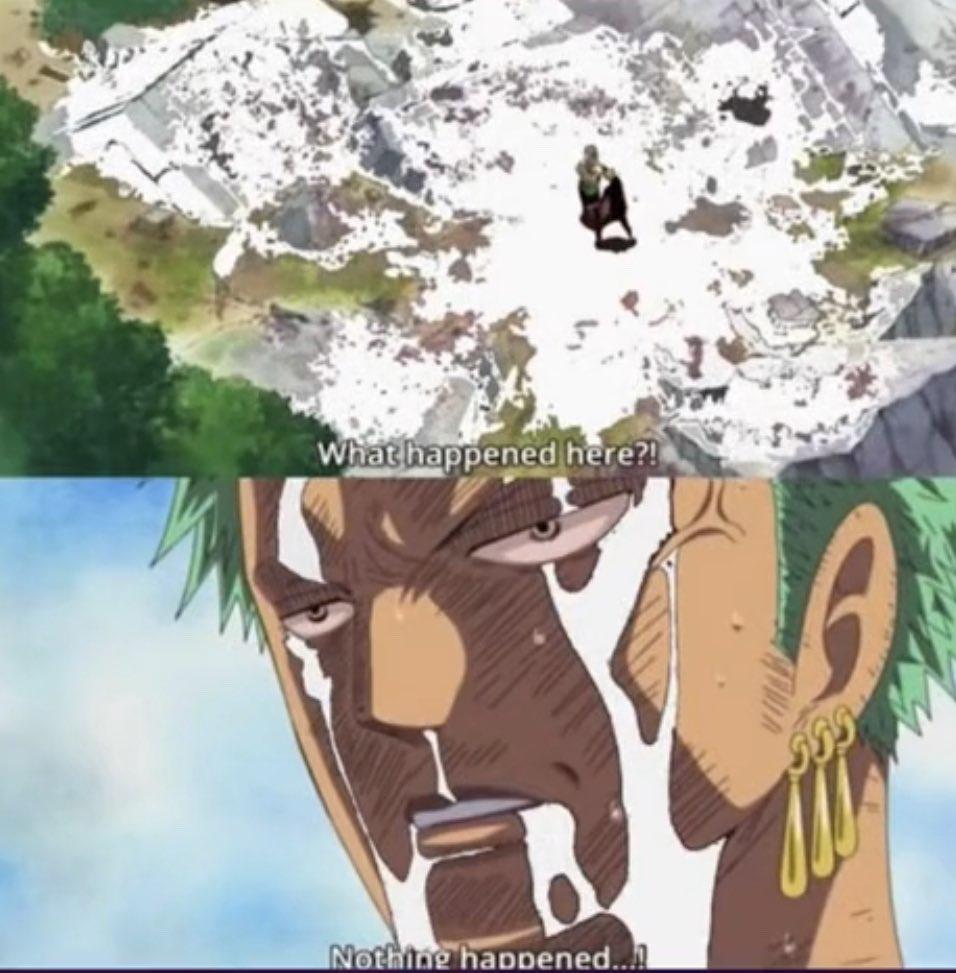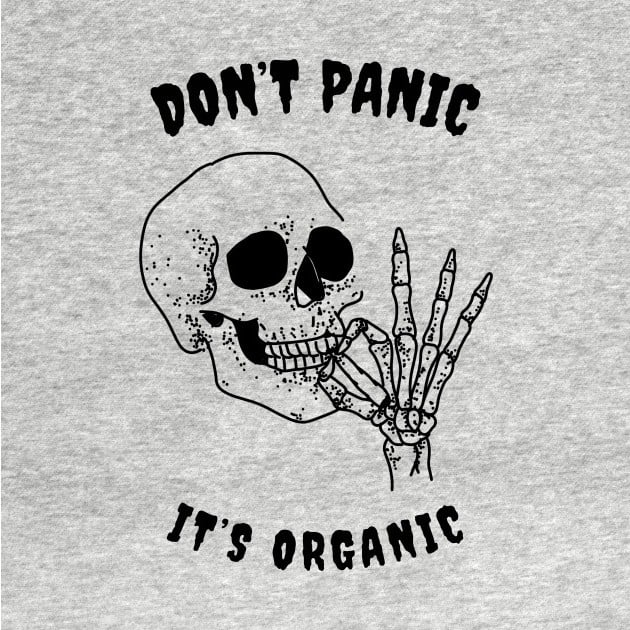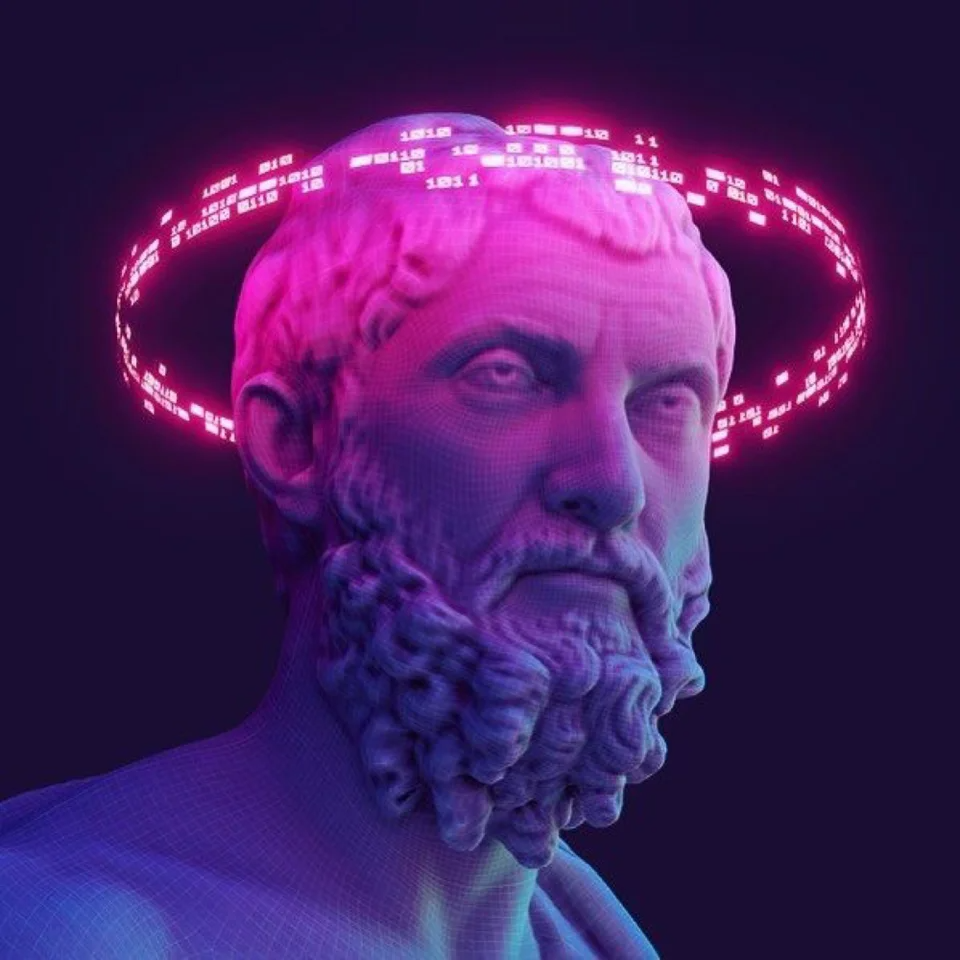Okay I would just upvote and move on, but you’re clearly baiting with that title so if it’s alright with you let’s have some banter :P
If I say that
- the meme is on point
- material conditions in China are to some extent better than the US
- the US is definitely worse to its own people and the world
- I’m staunchly anti-capitalist
but I also say that I still don’t like the Chinese state because I don’t consider that (and ML in general) a form of worker-owned means of production (whether or not you agree)
Am I a “lib”?
Kinda? What do you think socialism looks like, if not the PRC? What about the PRC makes it not “genuine worker control,” or more broadly, Marxism-Leninism not “genuine worker control?”
It’s mostly to do with how the workers aren’t in control of anything
They are, though. China is a democratic country, and public ownership is the principle aspect of the economy. Polling shows genuine democracy:

What would worker control have to look like for you to accept it?
You can’t possibly think China is a democracy for real?
It’s literally a 1 party authoritarian state with a president for life
The PRC isn’t a western liberal faux-democracy, no, but it is a comprehensive unitary socialist democracy. Policy is usually pushed from the bottom-up, and there is comprehensive levels of provincial, regional, and national democracy. They abolished term limits for the presidential position, but that doesn’t mean “president for life,” Xi can be taken down democratically. It’s unlikely, though, considering he enjoys over 90% support.
As for being “authoritarian,” all states are. The difference with China is that the working class is in control of the state, rather than the capitalist class like in western countries.
That’s hilarious
I don’t see what you mean.
I’ve been to China plenty, they def aren’t living like this lol. Who believes this shit.
Cool story
Viewed from Hexbear: 0 comments
Viewed from Lemmy.ml: 54 comments
lol@that dork who can’t be bothered to read a few paragraphs on Tibet and does the “China bad!” unironically.
They’re also an eco-fascist “leftist,” and just say “all countries are bad” and that “humanity should go extinct.” There’s nothing that seems to be capable of convincing them of being worthy of support.
What cities?
Pick any city in the Midwest and compare to any proportionally sized city in China. Like just about. Infrastructure is crumbling everywhere in this country while China has built more high speed rail than every other nation on the planet combined.
The priorities speak volumes.
Lol dipshit have you ever been to China? The small cities they consider sleepy bergs have ONLY 1 million lol. That’s ten times the equivalent city in the Midwest at minimum.
Whenever i see some documentaries about china, japan or south korea, i’m actually blown away. They are in a big city that is recognizable, and then they sit in a train for an hour and land in a city that i haven’t heard of ever, that is somehow 3x bigger. I really wanna visit some day, but maybe i’d just be overwhelmed
Chinese people don’t have freedom of mobility that much. Most have never traveled outside their state or seen more than a big city or two. I’ve been to way more cities than the average Chinese citizen and I don’t know where people get this shit.
No I mean in the photos
Houston, Los Angeles and some random yet all the same suburb in the US
My money is on Detroit for the first one
Recommend this City Nerd video on downtowns with the best and worst parking lots
The images are from Houston.
The parking lot picture is from the 1970s, so probably not exactly fair to compare to a modern city. I don’t know (care about) how it looks now.
Two things can be true.
THREE things can be true!
Yes, the richest country by GDP, and the world’s largest empire, can be crumbling while the world’s largest socialist country can be dramatically improving and rapidly developing.
China is by no means a socialist country.
Maybe spend a bit of time learning what words mean before using them.
I know what words mean. China is a socialist market economy, which is not socialism.
imagine being so ignorant as to think that markets are at odds with socialism 🤣
Cope
The large firms and key industries are publicly owned, and the working class is in control of the state while capitalists are suppressed and prevented from expanding into those principal firms and industries. It’s been socialist since the CPC successfully overthrew the nationalists.
I’m sorry, the working class is in control of the state? I’d love to hear something to back up such a strong statement.
The communists overthrew the nationalists, and since then public ownership is the principle aspect of the economy. Democracy was expanded and is comprehensively surveyed from the bottom-up, and capitalists are kept in check by the socialist state.
What exactly do you want to read about? That’s a broad question, if you narrow it down a bit I might be able to give you a more focused answer.
What does “public ownership” mean? They’re not paying dividends to every Chinese citizen, right? I assume you mean “the state”, in which case I’m not seeing your point.
Public ownership doesn’t mean receipt of dividends, like some kind of massive cooperative. It means owned across all of society. The state handles that in socialism, yes, China is socialist.
China is a socialist market economy, not a socialist economy.
You can’t have a stock market and be a socialist economy.
Socialist market economies are a type of socialist economy, particularly in the primary stage. Socialism isn’t a unique mode of production determined by purity, but just like the others, by its principle aspect. What might help paint a better picture for you is looking at Cheng Enfu’s diagram of the stages of socialism:

China presently is in the primary stage, but is at this point well along to the next stage, the intermediate. These aren’t hard lines or jumps, but gradually worked through and towards.
Cope
And that socialist country can be developing and also bad.
A socialist country can be bad, but if this is what you consider bad the sign me up to live in a “bad” country.
90% of families in the country own their home giving China one of the highest home ownership rates in the world. What’s more is that 80% of these homes are owned outright, without mortgages or any other leans. https://www.forbes.com/sites/wadeshepard/2016/03/30/how-people-in-china-afford-their-outrageously-expensive-homes
Student debt in China is virtually non-existent. https://www.forbes.com/sites/jlim/2016/08/29/why-china-doesnt-have-a-student-debt-problem/
Chinese household savings hit another record high in 2024 https://www.wsj.com/livecoverage/stock-market-today-dow-jones-bank-earnings-01-12-2024/card/chinese-household-savings-hit-another-record-high-xqyky00IsIe357rtJb4j
People in China enjoy high levels of social mobility https://www.nytimes.com/interactive/2018/11/18/world/asia/china-social-mobility.html
The typical Chinese adult is now richer than the typical European adult https://www.businessinsider.com/typical-chinese-adult-now-richer-than-europeans-wealth-report-finds-2022-9
Real wage (i.e. the wage adjusted for the prices you pay) has gone up 4x in the past 25 years, more than any other country. This is staggering considering it’s the most populous country on the planet. https://www.youtube.com/watch?v=Cw8SvK0E5dI
The real (inflation-adjusted) incomes of the poorest half of the Chinese population increased by more than four hundred percent from 1978 to 2015, while real incomes of the poorest half of the US population actually declined during the same time period. https://www.nber.org/system/files/working_papers/w23119/w23119.pdf
From 1978 to 2000, the number of people in China living on under $1/day fell by 300 million, reversing a global trend of rising poverty that had lasted half a century (i.e. if China were excluded, the world’s total poverty population would have risen) https://www.semanticscholar.org/paper/China’s-Economic-Growth-and-Poverty-Reduction-Angang-Linlin/c883fc7496aa1b920b05dc2546b880f54b9c77a4
From 2010 to 2019 (the most recent period for which uninterrupted data is available), the income of the poorest 20% in China increased even as a share of total income. https://data.worldbank.org/indicator/SI.DST.FRST.20?end=2019&%3Blocations=CN&%3Bstart=2008
By the end of 2020, extreme poverty, defined as living on under a threshold of around $2 per day, had been eliminated in China. According to the World Bank, the Chinese government had spent $700 billion on poverty alleviation since 2014. https://www.nytimes.com/2020/12/31/world/asia/china-poverty-xi-jinping.html
Over the past 40 years, the number of people in China with incomes below $1.90 per day – the International Poverty Line as defined by the World Bank to track global extreme poverty– has fallen by close to 800 million. With this, China has contributed close to three-quarters of the global reduction in the number of people living in extreme poverty. https://www.worldbank.org/en/news/press-release/2022/04/01/lifting-800-million-people-out-of-poverty-new-report-looks-at-lessons-from-china-s-experience
Sure, but do the Uyghurs get to enjoy all this?
Yes, Xinjiang is one of the regions getting more focused development right now. The best and most comprehensive resource I have seen so far is Qiao Collective’s Xinjiang: A Resource and Report Compilation. Qiao Collective is explicitly pro-PRC, but this is an extremely comprehensive write-up of the entire background of the events, the timeline of reports, and real and fake claims.
I also recommend reading the UN report and China’s response to it. These are the most relevant accusations and responses without delving into straight up fantasy like Adrian Zenz, professional propagandist for the Victims of Communism Foundation, does.
Tourists go to Xinjiang all the time, as well. You can watch videos like this one on YouTube, though it obviously isn’t going to be a comprehensive view of a complex situation like this.
Removed by mod
Do you just accuse everyone of being a bot if they reply with sources to an often-seen quip?
I’d love to hear one thing you think China is doing that is bad that the US is not also doing to a larger degree. Please enlighten me.
This happens every time. When you actually ask what the “bad” part is, they just deflect.
Both are bad.
Ah nothing of substance to add got it
.ml ain’t worth the effort.
You’ve got nothing and you know it
You’ve given none to begin with.
In theory yes, but in reality, no, not even close.
Removed by mod
Already has been. Two excerpts from Friendly Feudalism: The Tibet Myth:
Drepung monastery was one of the biggest landowners in the world, with its 185 manors, 25,000 serfs, 300 great pastures, and 16,000 herdsmen. The wealth of the monasteries rested in the hands of small numbers of high-ranking lamas. Most ordinary monks lived modestly and had no direct access to great wealth. The Dalai Lama himself “lived richly in the 1000-room, 14-story Potala Palace.” [12]
Secular leaders also did well. A notable example was the commander-in-chief of the Tibetan army, a member of the Dalai Lama’s lay Cabinet, who owned 4,000 square kilometers of land and 3,500 serfs. [13] Old Tibet has been misrepresented by some Western admirers as “a nation that required no police force because its people voluntarily observed the laws of karma.” [14] In fact it had a professional army, albeit a small one, that served mainly as a gendarmerie for the landlords to keep order, protect their property, and hunt down runaway serfs.
Young Tibetan boys were regularly taken from their peasant families and brought into the monasteries to be trained as monks. Once there, they were bonded for life. Tashì-Tsering, a monk, reports that it was common for peasant children to be sexually mistreated in the monasteries. He himself was a victim of repeatedremoved, beginning at age nine. [15] The monastic estates also conscripted children for lifelong servitude as domestics, dance performers, and soldiers.
In old Tibet there were small numbers of farmers who subsisted as a kind of free peasantry, and perhaps an additional 10,000 people who composed the “middle-class” families of merchants, shopkeepers, and small traders. Thousands of others were beggars. There also were slaves, usually domestic servants, who owned nothing. Their offspring were born into slavery. [16] The majority of the rural population were serfs. Treated little better than slaves, the serfs went without schooling or medical care. They were under a lifetime bond to work the lord’s land — or the monastery’s land — without pay, to repair the lord’s houses, transport his crops, and collect his firewood. They were also expected to provide carrying animals and transportation on demand. [17] Their masters told them what crops to grow and what animals to raise. They could not get married without the consent of their lord or lama. And they might easily be separated from their families should their owners lease them out to work in a distant location. [18]
As in a free labor system and unlike slavery, the overlords had no responsibility for the serf’s maintenance and no direct interest in his or her survival as an expensive piece of property. The serfs had to support themselves. Yet as in a slave system, they were bound to their masters, guaranteeing a fixed and permanent workforce that could neither organize nor strike nor freely depart as might laborers in a market context. The overlords had the best of both worlds.
One 22-year old woman, herself a runaway serf, reports: “Pretty serf girls were usually taken by the owner as house servants and used as he wished”; they “were just slaves without rights.” [19] Serfs needed permission to go anywhere. Landowners had legal authority to capture those who tried to flee. One 24-year old runaway welcomed the Chinese intervention as a “liberation.” He testified that under serfdom he was subjected to incessant toil, hunger, and cold. After his third failed escape, he was merciless beaten by the landlord’s men until blood poured from his nose and mouth. They then poured alcohol and caustic soda on his wounds to increase the pain, he claimed. [20]
The serfs were taxed upon getting married, taxed for the birth of each child and for every death in the family. They were taxed for planting a tree in their yard and for keeping animals. They were taxed for religious festivals and for public dancing and drumming, for being sent to prison and upon being released. Those who could not find work were taxed for being unemployed, and if they traveled to another village in search of work, they paid a passage tax. When people could not pay, the monasteries lent them money at 20 to 50 percent interest. Some debts were handed down from father to son to grandson. Debtors who could not meet their obligations risked being cast into slavery. [21]
The theocracy’s religious teachings buttressed its class order. The poor and afflicted were taught that they had brought their troubles upon themselves because of their wicked ways in previous lives. Hence they had to accept the misery of their present existence as a karmic atonement and in anticipation that their lot would improve in their next lifetime. The rich and powerful treated their good fortune as a reward for, and tangible evidence of, virtue in past and present lives.
Selection two, shorter: (CW sexual violence and mutilation)
The Tibetan serfs were something more than superstitious victims, blind to their own oppression. As we have seen, some ran away; others openly resisted, sometimes suffering dire consequences. In feudal Tibet, torture and mutilation — including eye gouging, the pulling out of tongues, hamstringing, and amputation — were favored punishments inflicted upon thieves, and runaway or resistant serfs. [22]
Journeying through Tibet in the 1960s, Stuart and Roma Gelder interviewed a former serf, Tsereh Wang Tuei, who had stolen two sheep belonging to a monastery. For this he had both his eyes gouged out and his hand mutilated beyond use. He explains that he no longer is a Buddhist: “When a holy lama told them to blind me I thought there was no good in religion.” [23] Since it was against Buddhist teachings to take human life, some offenders were severely lashed and then “left to God” in the freezing night to die. “The parallels between Tibet and medieval Europe are striking,” concludes Tom Grunfeld in his book on Tibet. [24]
In 1959, Anna Louise Strong visited an exhibition of torture equipment that had been used by the Tibetan overlords. There were handcuffs of all sizes, including small ones for children, and instruments for cutting off noses and ears, gouging out eyes, breaking off hands, and hamstringing legs. There were hot brands, whips, and special implements for disemboweling. The exhibition presented photographs and testimonies of victims who had been blinded or crippled or suffered amputations for thievery. There was the shepherd whose master owed him a reimbursement in yuan and wheat but refused to pay. So he took one of the master’s cows; for this he had his hands severed. Another herdsman, who opposed having his wife taken from him by his lord, had his hands broken off. There were pictures of Communist activists with noses and upper lips cut off, and a woman who wasremovedd and then had her nose sliced away. [25]
Earlier visitors to Tibet commented on the theocratic despotism. In 1895, an Englishman, Dr. A. L. Waddell, wrote that the populace was under the “intolerable tyranny of monks” and the devil superstitions they had fashioned to terrorize the people. In 1904 Perceval Landon described the Dalai Lama’s rule as “an engine of oppression.” At about that time, another English traveler, Captain W. F. T. O’Connor, observed that “the great landowners and the priests… exercise each in their own dominion a despotic power from which there is no appeal,” while the people are “oppressed by the most monstrous growth of monasticism and priest-craft.” Tibetan rulers “invented degrading legends and stimulated a spirit of superstition” among the common people. In 1937, another visitor, Spencer Chapman, wrote, “The Lamaist monk does not spend his time in ministering to the people or educating them. […] The beggar beside the road is nothing to the monk. Knowledge is the jealously guarded prerogative of the monasteries and is used to increase their influence and wealth.” [26] As much as we might wish otherwise, feudal theocratic Tibet was a far cry from the romanticized Shangri-La so enthusiastically nurtured by Buddhism’s western proselytes.
-Dr. Michael Parenti
@Cowbee @Semi_Hemi_Demigod
@tldrbot please help 😭Old Tibet was a brutal feudal society based on widespread slavery and torture. Read the actual exerpts, or better yet the article itself, for examples and evidence.
I’m not reading all that.
Then parse it through ai to see if it disproves your stance smooth brained idiot
Chickenshit response
Yep, instead you parrot right-wing talking points defending a brutal slave-driven feudal society run on torture. It’s easy to tune-out anything that disproves your worldview, it’s difficult to confront your own biases.
Get a job
Tell me you have no idea of the history of Tibet without telling me
And what are we doing not learning the good parts?
Reminder its always a competition between who sucks the least. Another reminder that all the worlds most powerful nations are all spearheading censorships of one kind or another. The future doesnt look luxury or gay anymore. It looks redacted

What a stupid world
they can, but they ain’t.















